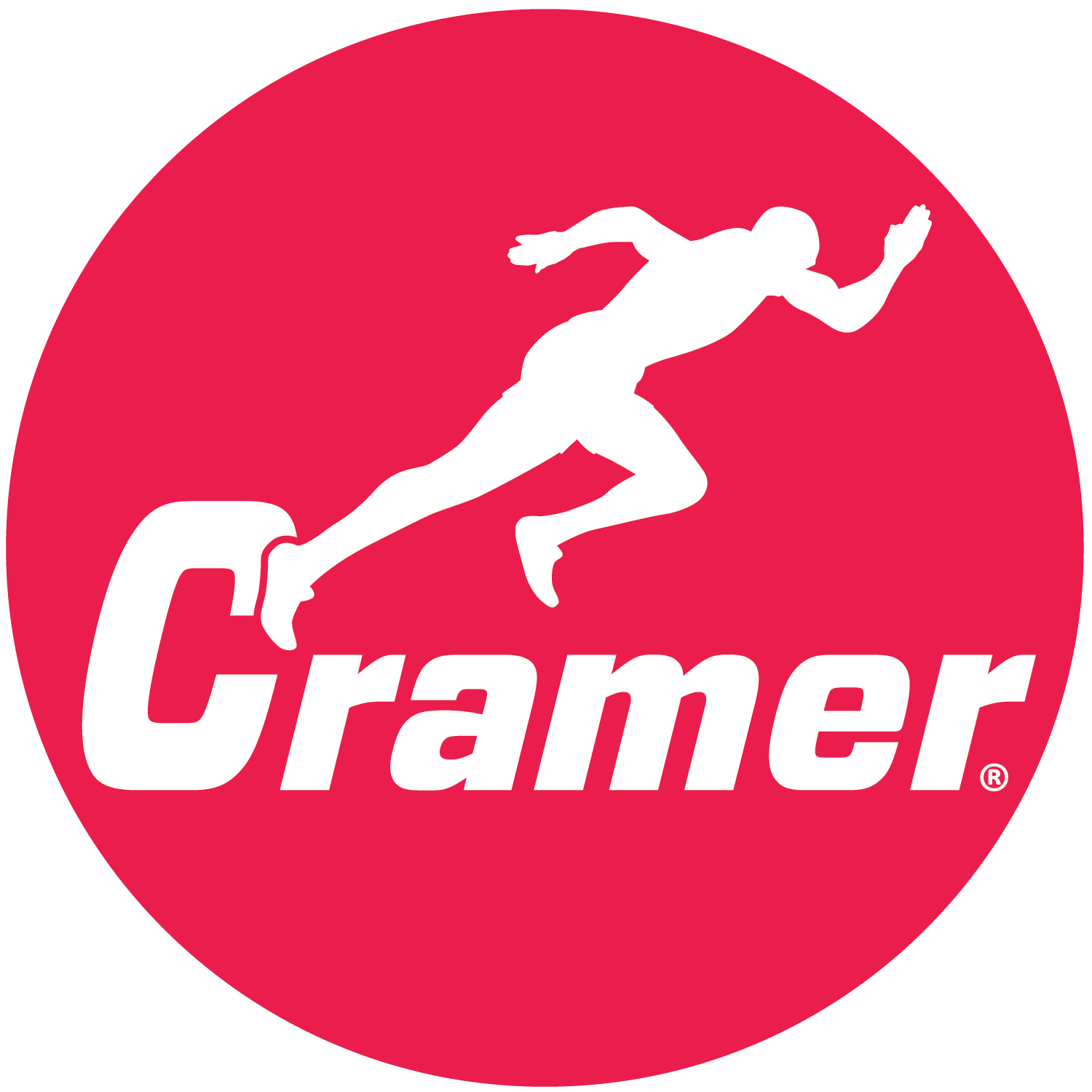
Congratulations to the Athletic Training Education Program of the University of Cincinnati--the 2017 winner of the Bill Cramer Professional Development Award, created following the death of Bill Cramer in 2007 to honor his passion and enthusiasm for athletic training education. The annual $2,000.00 prize helps cover expenses for students attending local, regional, and national professional development programs. Read More
Growing up in Westfield, N.Y., Joe Davies was influenced by his father, brother, and uncle, who were committed to volunteer fire service. Joe got involved with this vitally important community service at age 14 through a junior explorers program, and soon realized he wanted to be a doctor or pursue some other healthcare career.
Read More
Congratulations to Hannah Goodwin of Warrior, Alabama, the 2017 recipient of the Jack Cramer Scholarship. The $2,000.00 scholarship was established in 2006 by Cramer Products to honor the memory of Jack Cramer, who believed in mentoring high school students interested in the profession of athletic training. Jack, son of company co-founder Frank Cramer, died in 2004 at the age of 86. The scholarship is awarded to a graduating high school senior planning to become an athletic trainer and work in a high school setting.
Read More
Cramer’s new Performance Short is a perfect garment for athletes who want enhanced core support and muscle performance during training and competition. The body of the short is made of 78 percent nylon and 22 percent spandex, and the elastic is 90 percent polyester and 10 percent spandex. Read More
So-called staleness may come from a mental complex – a lack of being able to concentrate 100% on the game. It could be trouble at home or with the girlfriend, or worry over studies, or squad friction. Read More
